The number of students with scheduling conflicts rose this year, according to Assistant Principal Diane Santamorena. Reasons for the increase include San Marin implementing a new bell schedule, with seventh period ending about 45 minutes later this year than it had during the 2016-17 school year. Students taking a sixth or seventh period may face conflicts with activities outside of school.
“This year has been a little more challenging than past years. We anticipate next year will be running much smoother because we’ll all be aware and used to the new schedule,” said Santamorena.
Although counselors try to accommodate everyone, they cannot always honor requests for transfers. San Marin grew in enrollment this year by about 60 students, so classes often reach their student capacity. When students try to transfer from a general class to an AP class, the AP classes may already be full.
“I’ve been trying to transfer into third period calculus and they told me there was no room,” said senior Tyler Abell. “Now I’m stuck in seventh period as a senior after requesting first through fifth.”
The former Assistant Principal, Leslie Norinsky, created the master schedule in collaboration with teachers and department heads. The process started as students turned in their course request forms last year. It ended on this year’s tenth day of school. The administration compiled the data to determine how many students requested each class, and then created the appropriate number of sections per course.
A problem the administration runs into is fitting staff with the number of course sections. During the summer, staffing is adjusted based on student course requests. For other courses, the administration makes changes during the first days of school, when they can get accurate “seat counts” and adjust staffing from there.
Staff also have contractual limits on how many students they can teach. Teachers, exempting physical education and art classes, cannot have more than 155 students total, and classes cannot include more than 34 students in one period.
“For AP Stats, we’re supposed to stop at 34 students, and I have three or four students who would like to be in there,” said math teacher David Blair.
Using the Aeries system, a computer creates a student’s personal schedule. Students in special programs, such as STEM or Biotech, have their course requests locked into the computer first, as they have to be in certain classes. Then the computer randomly assigns all students to their classes based on course requests. The computer might have to put someone in their second or third choice elective if there is a conflict.
Students have various reasons to transfer out of classes and make changes to their schedule. Some students transfer on purpose. Others are mistakenly placed in classes they had not signed up for.
“They accidentally put me into a non-STEM chemistry class even though I’m in STEM,” said junior Alexa Funahashi. “But they switched my schedule to put me back into a STEM chemistry class the same day.”
To avoid scheduling issues, Santamorena says students should pay attention to the classes they request.
“I would advise students to check with their counselor to make sure that they’re signing up for the courses that they need,” said Santamorena. “I know the counselors meet one-on-one with juniors, which helps a lot. Make sure that you’re prepared to meet with the counselor when the time comes.”


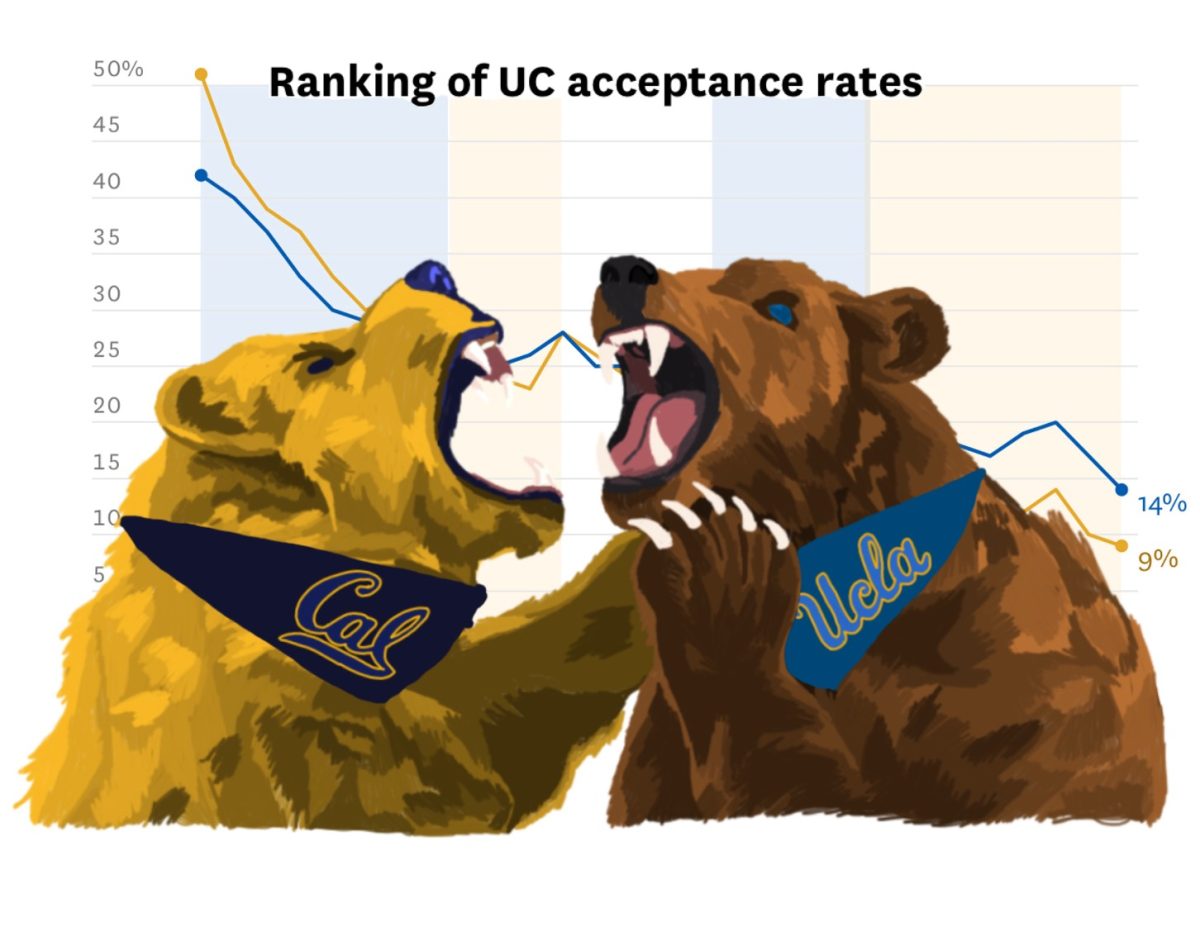
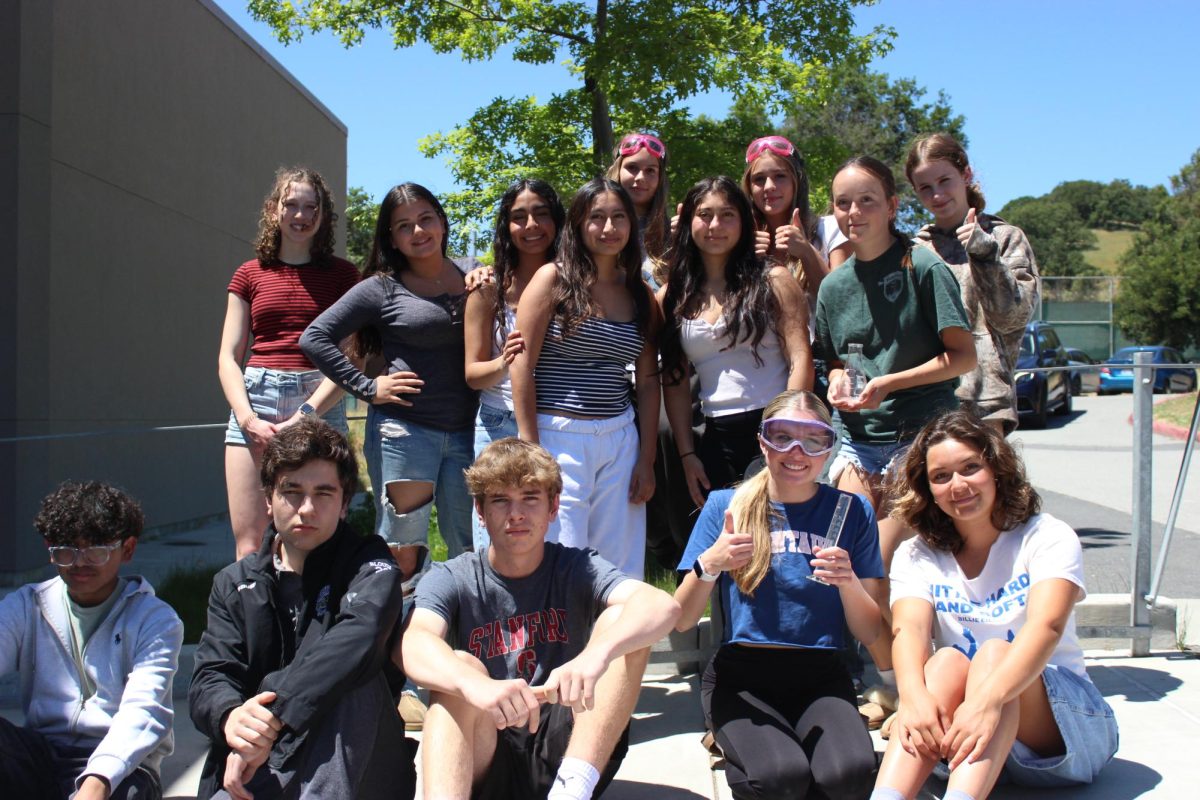
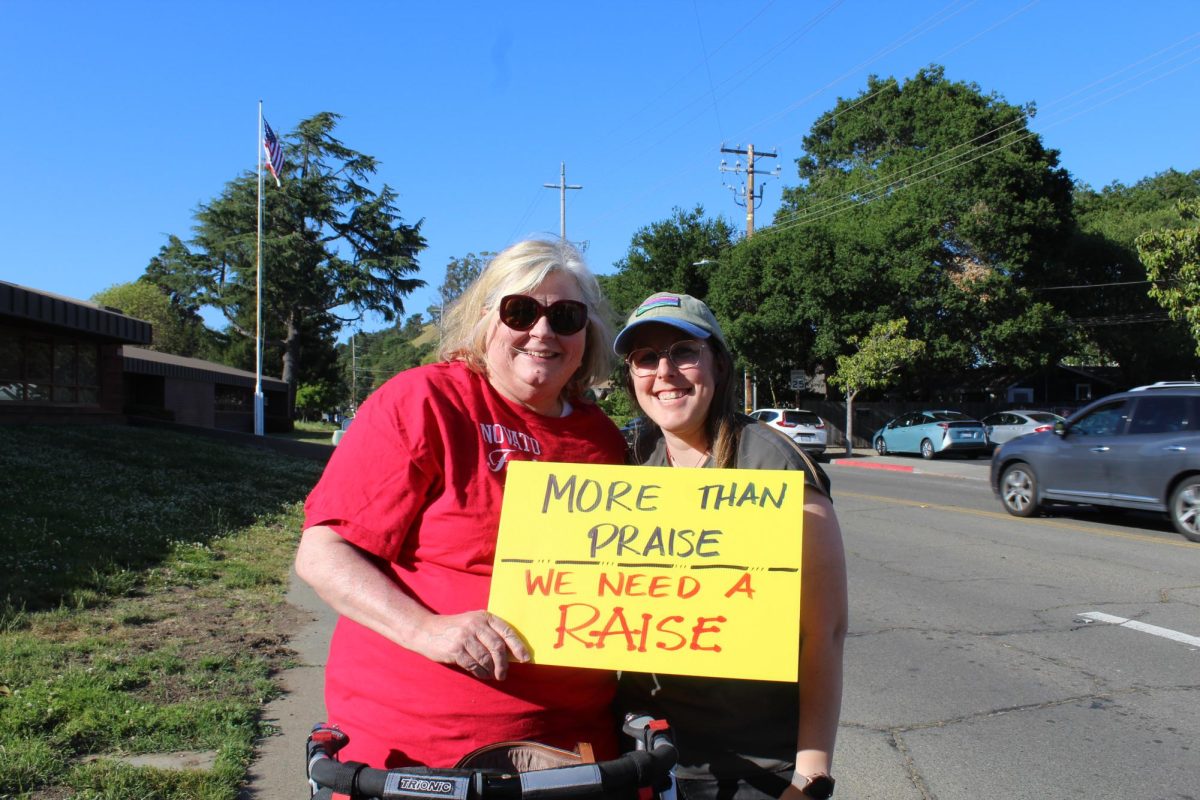
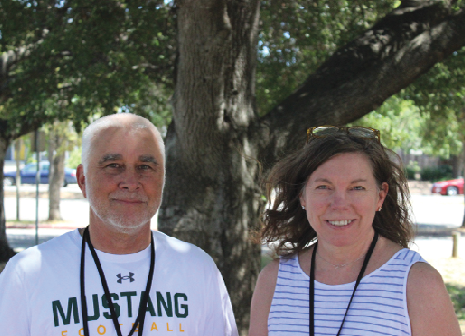
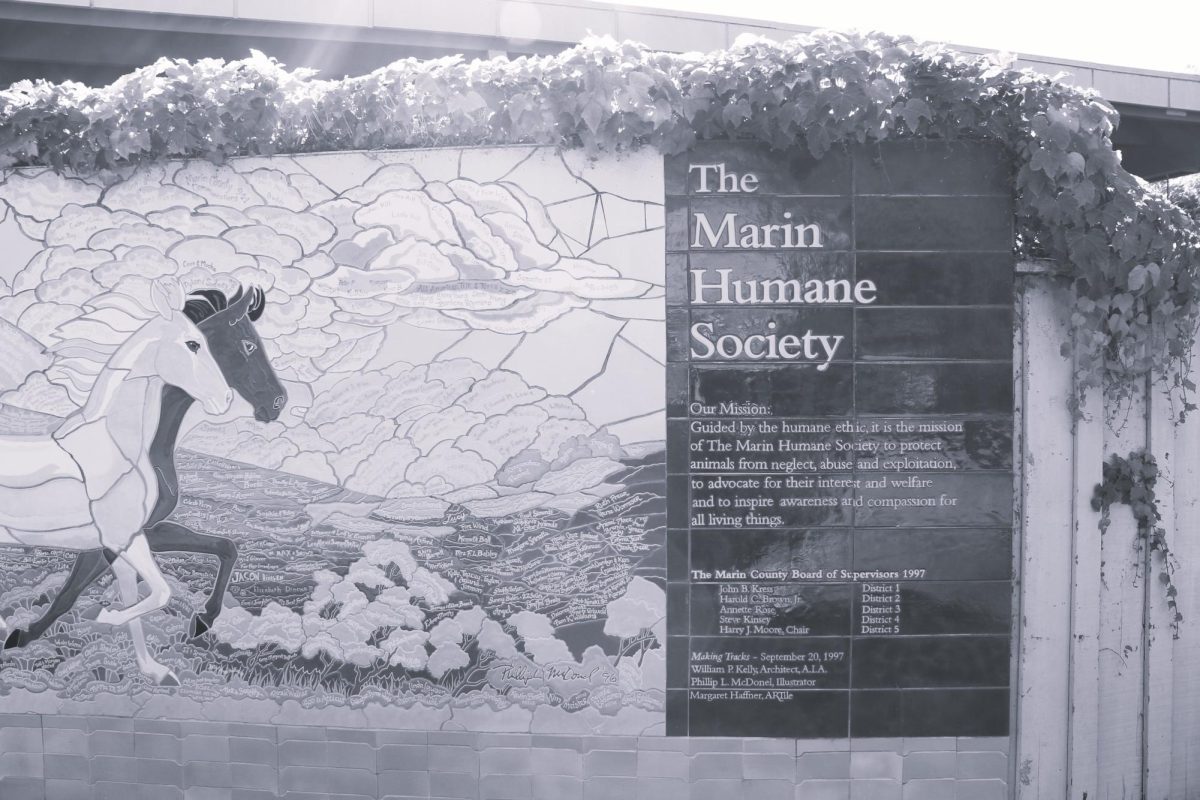


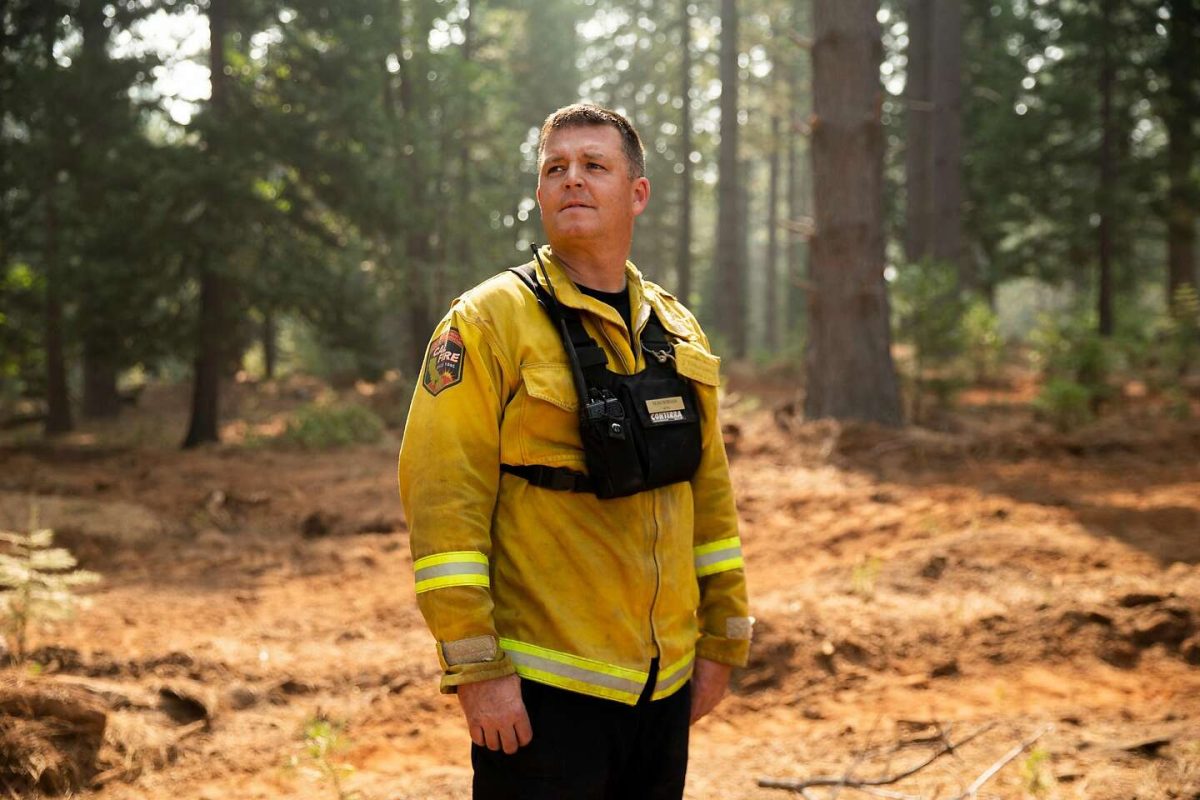
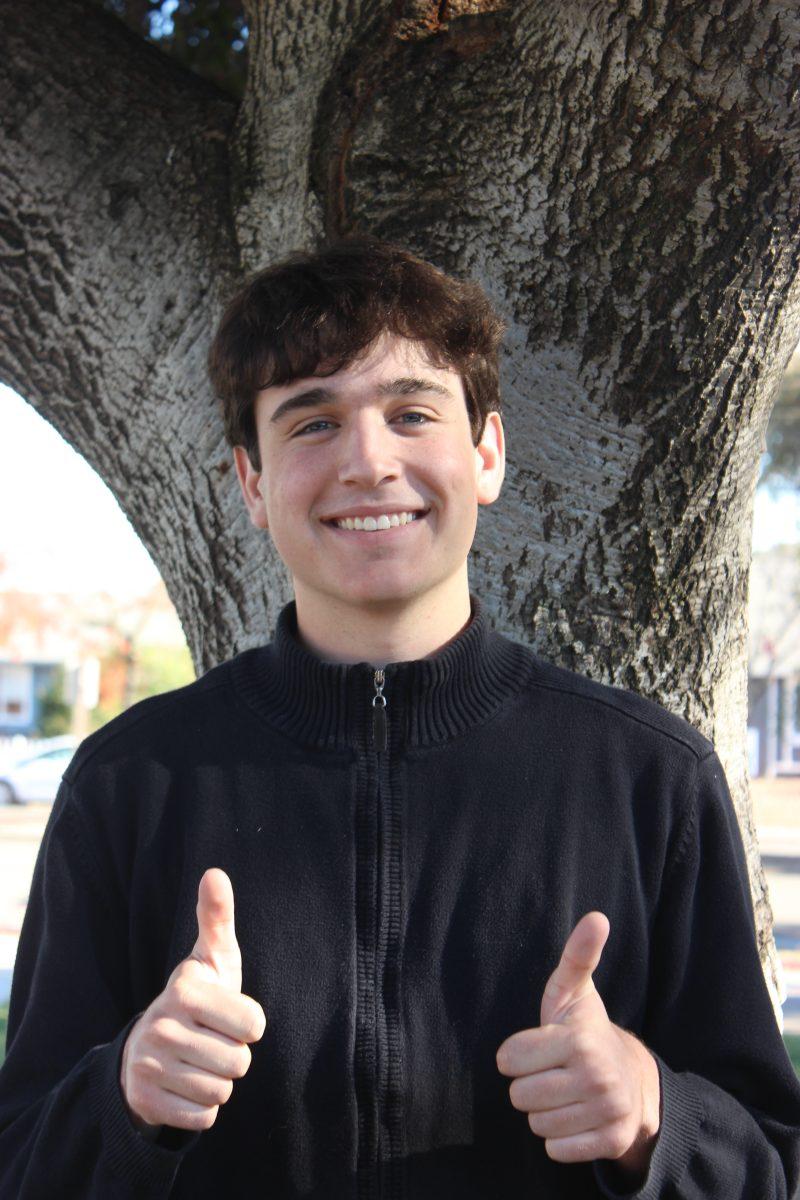
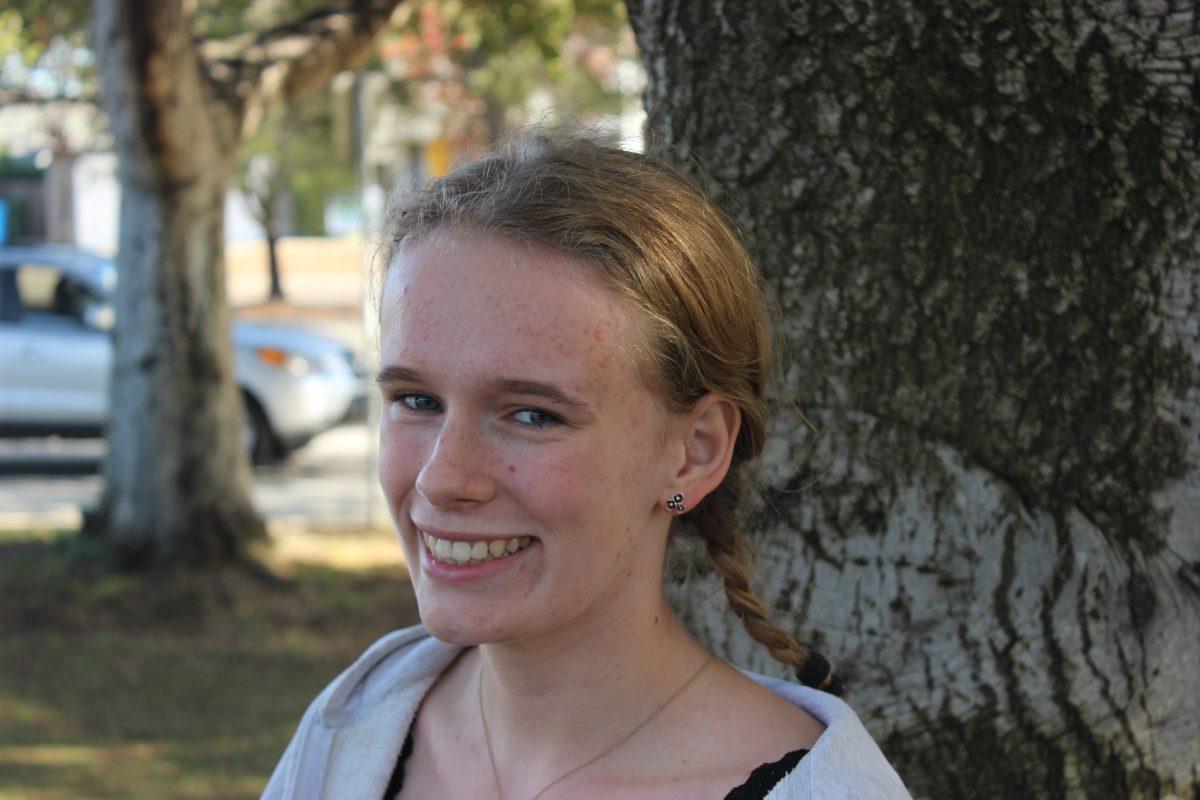
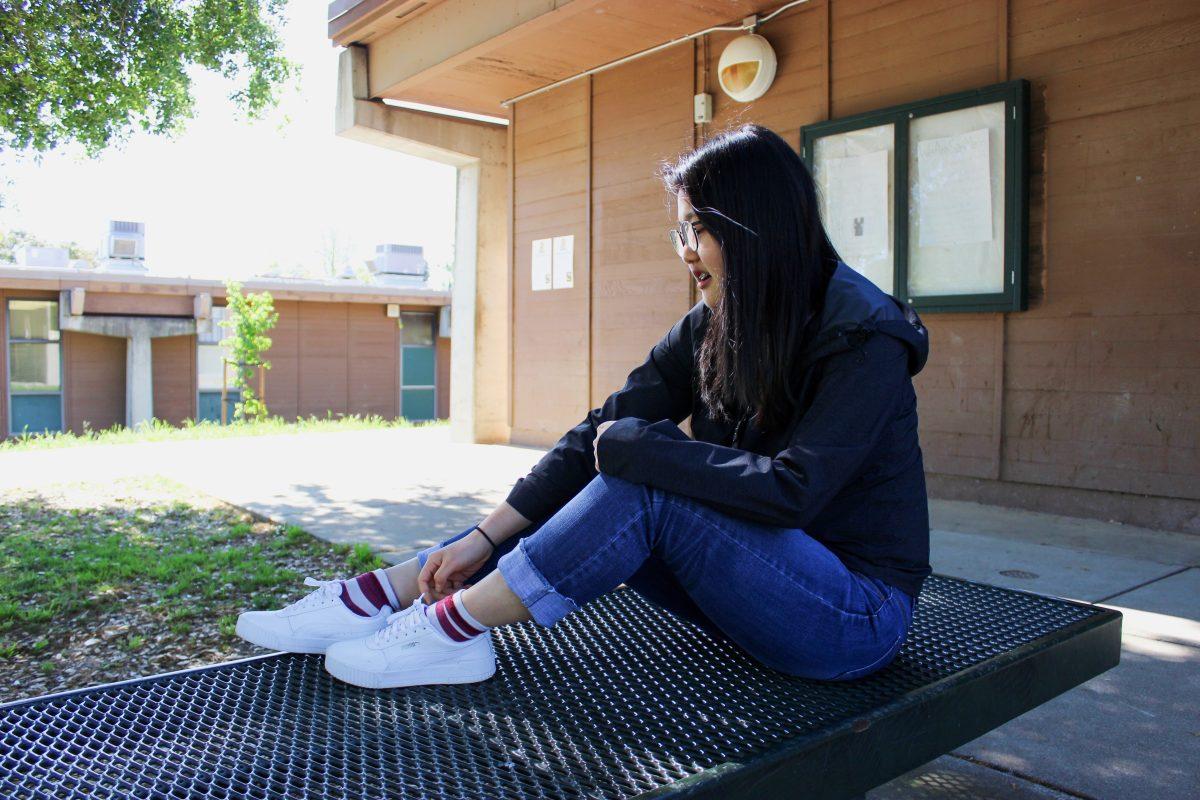
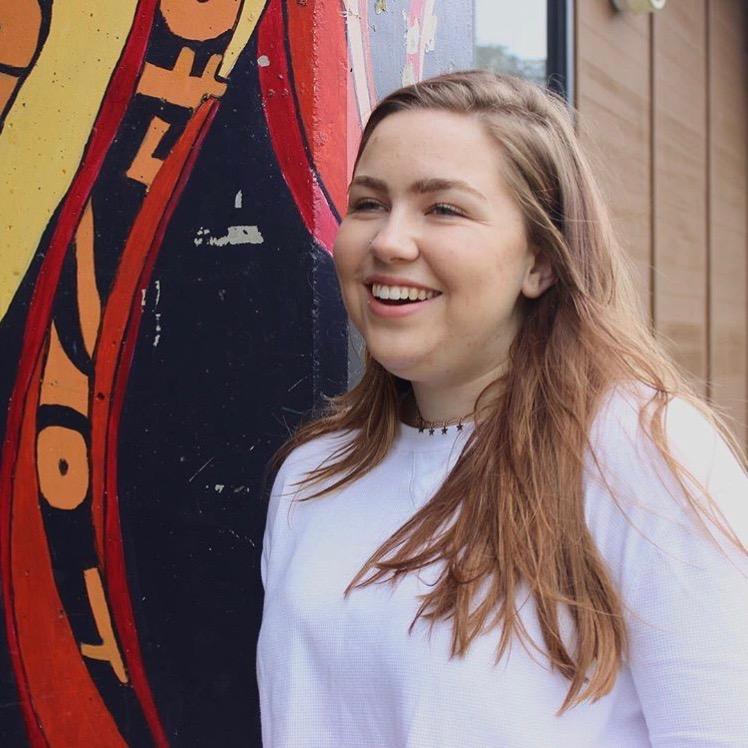
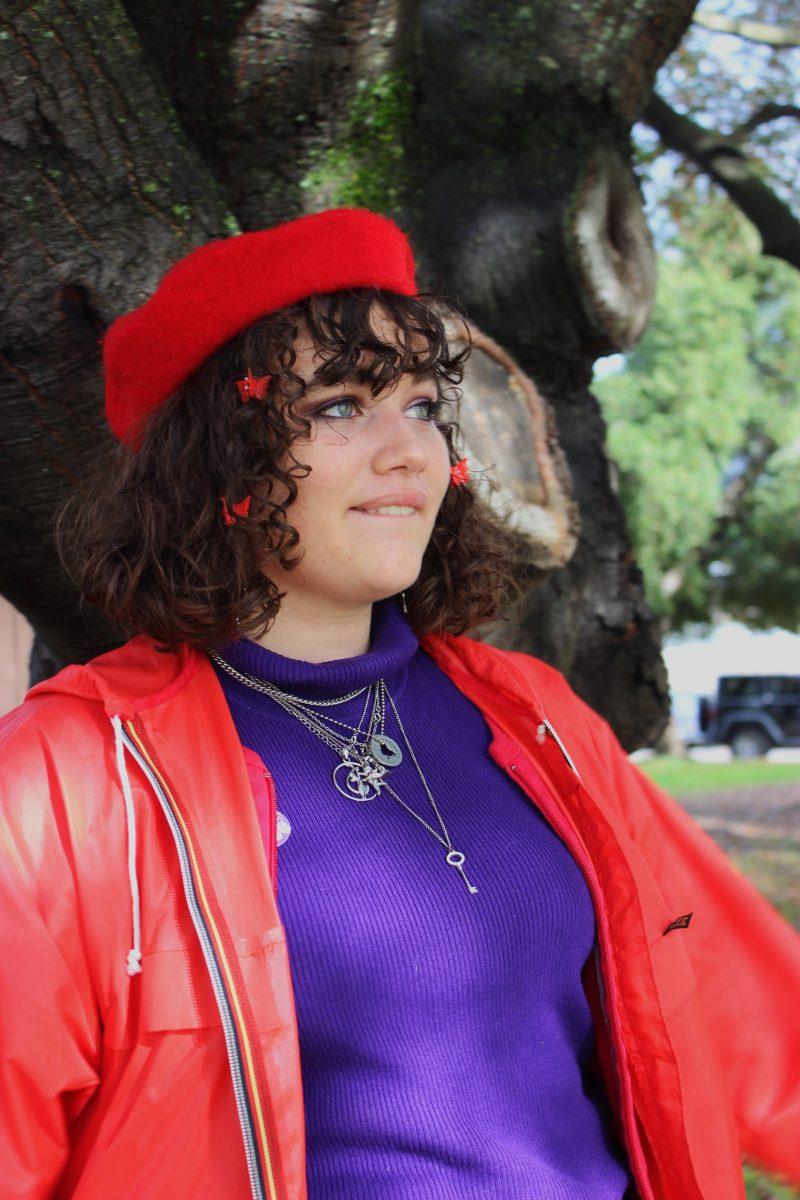
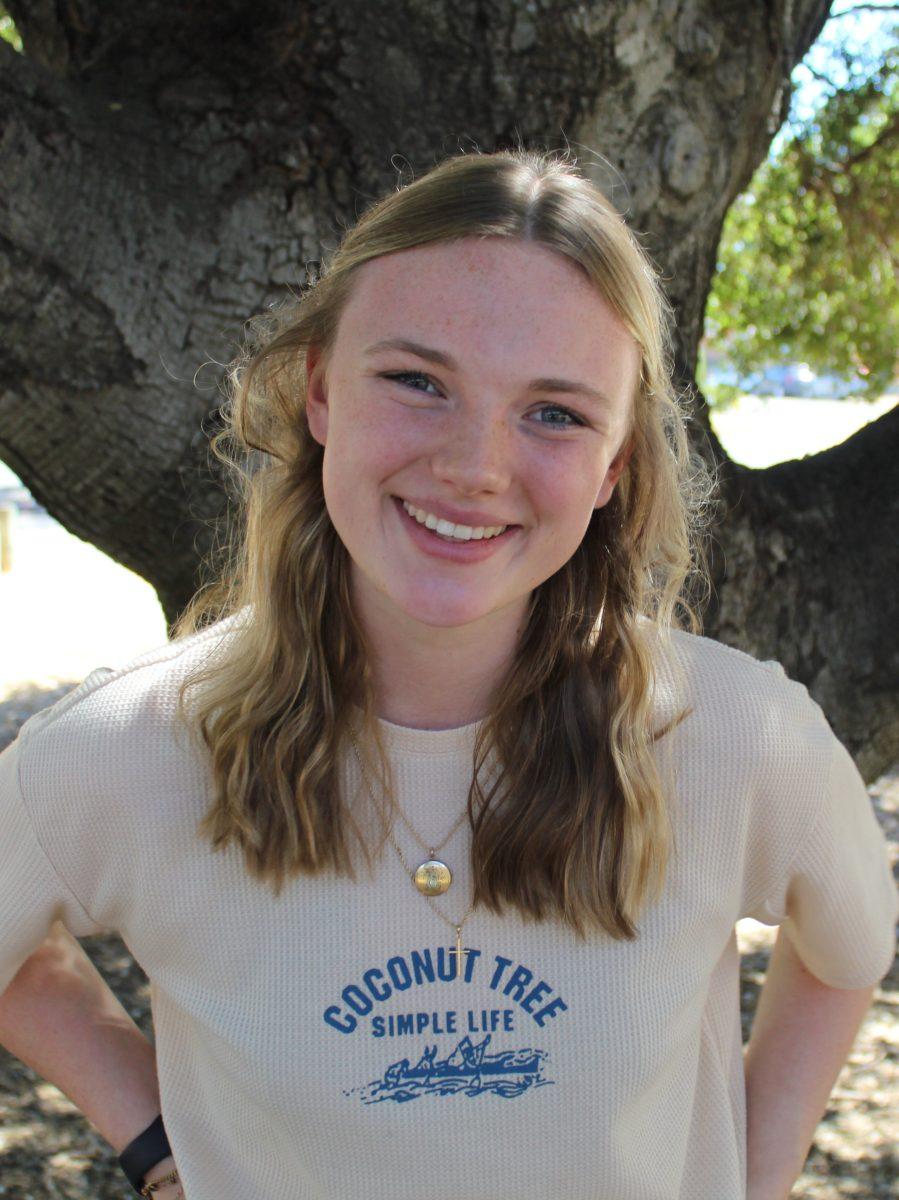
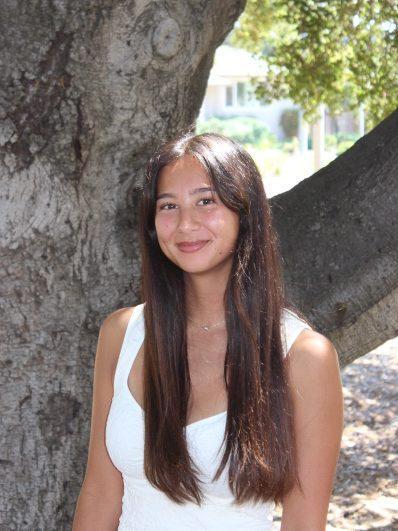

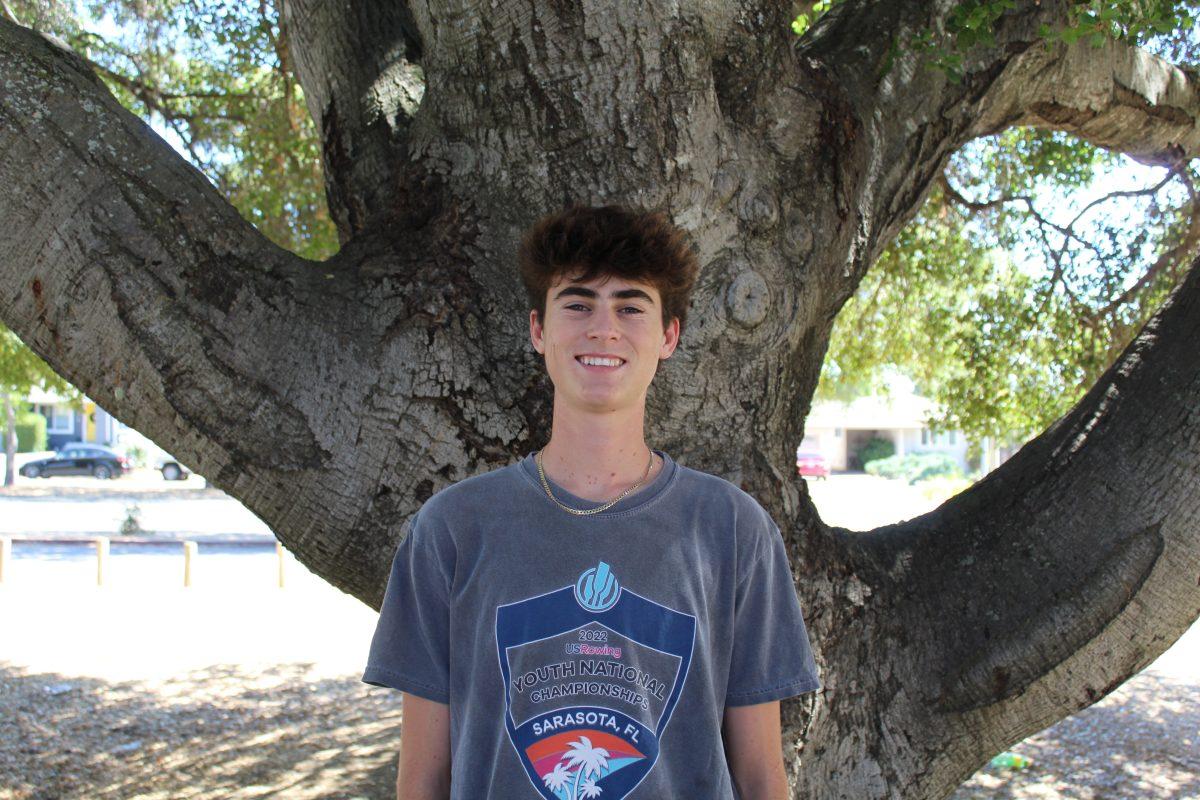

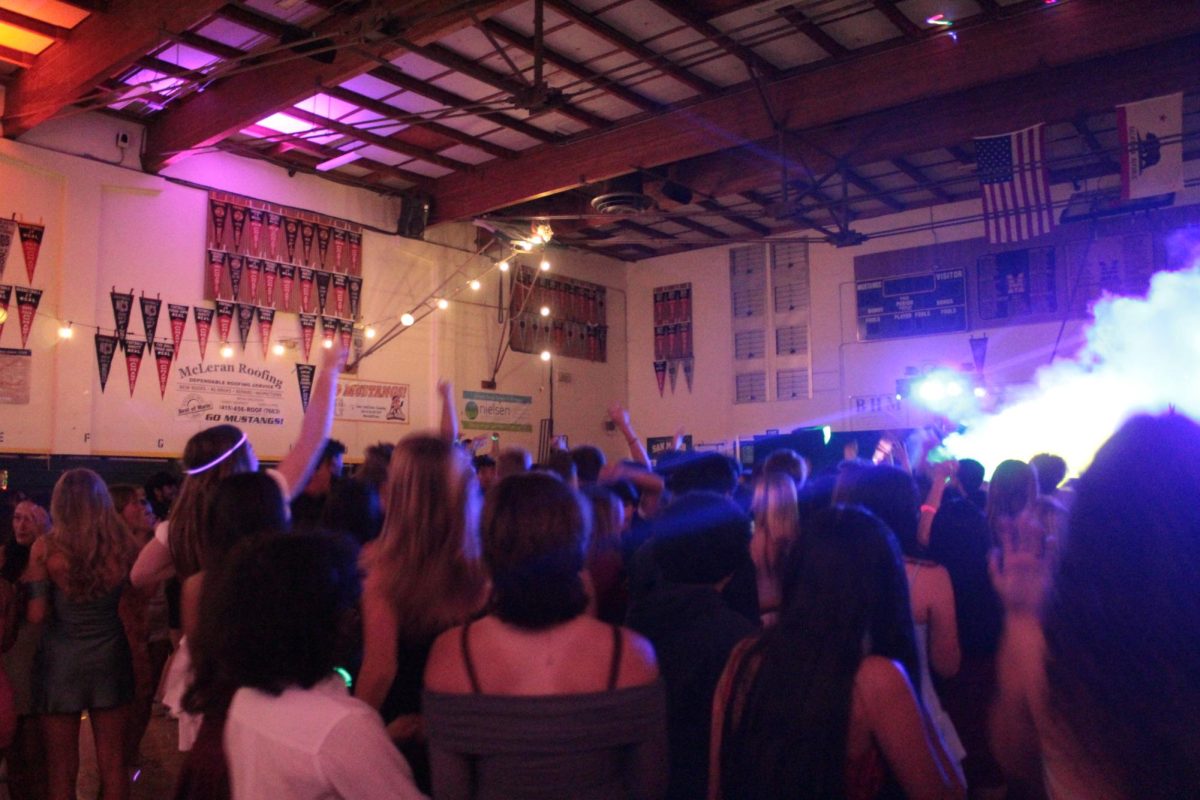
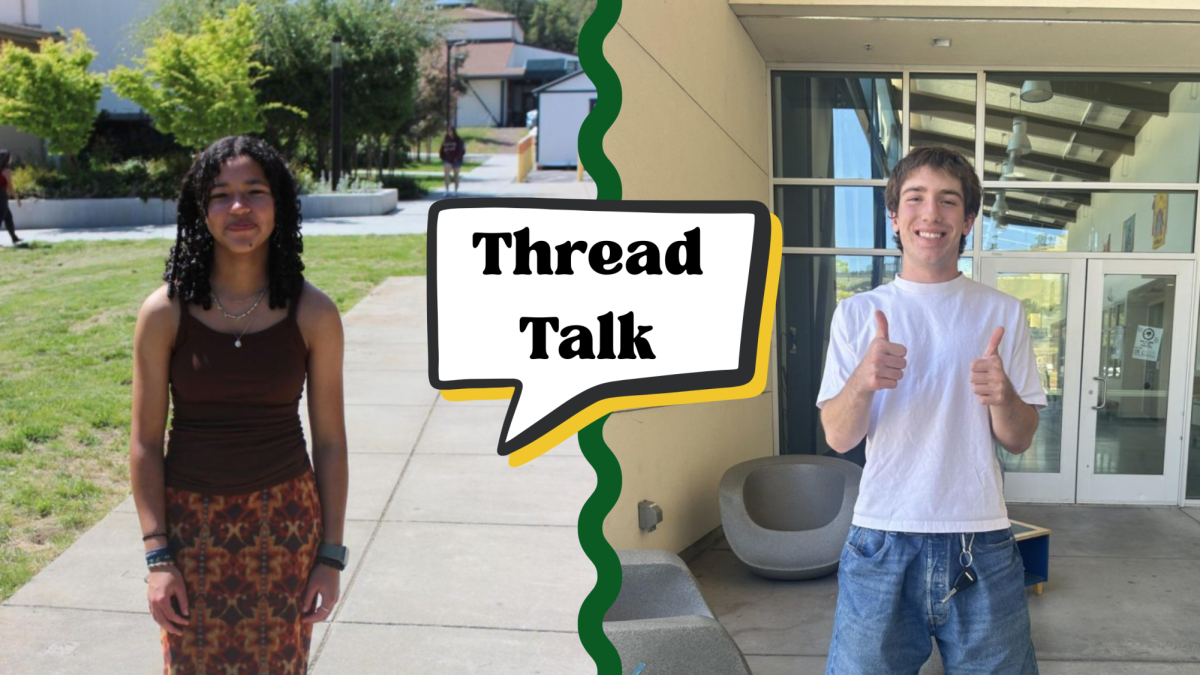


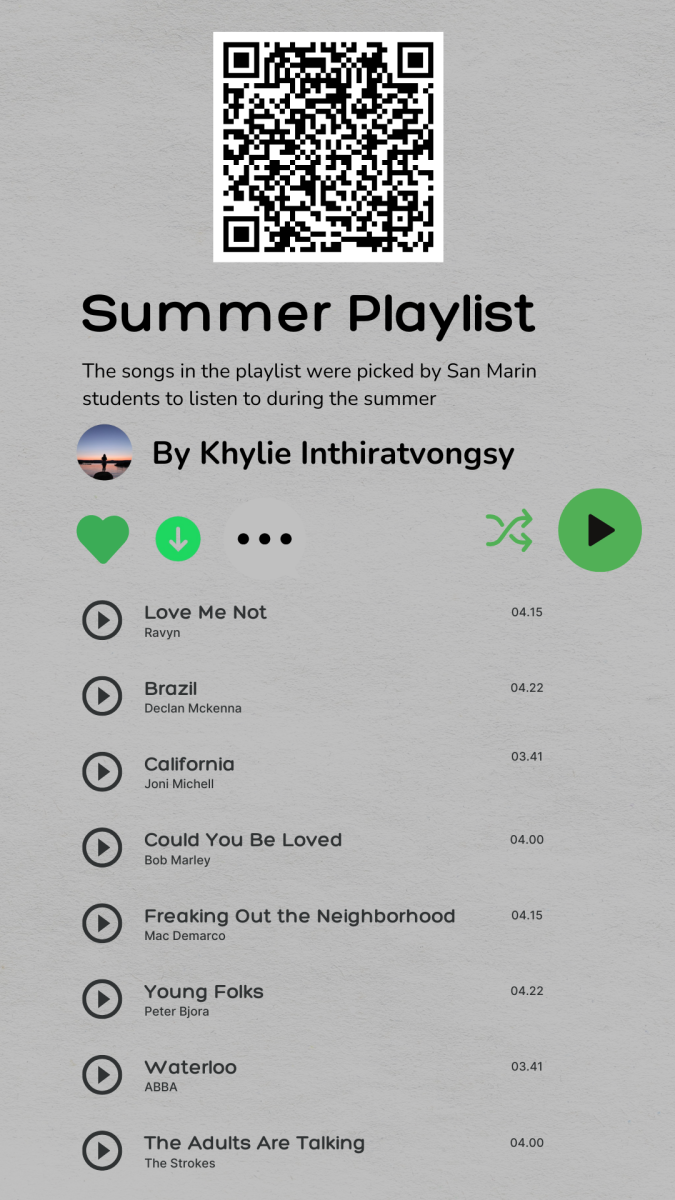
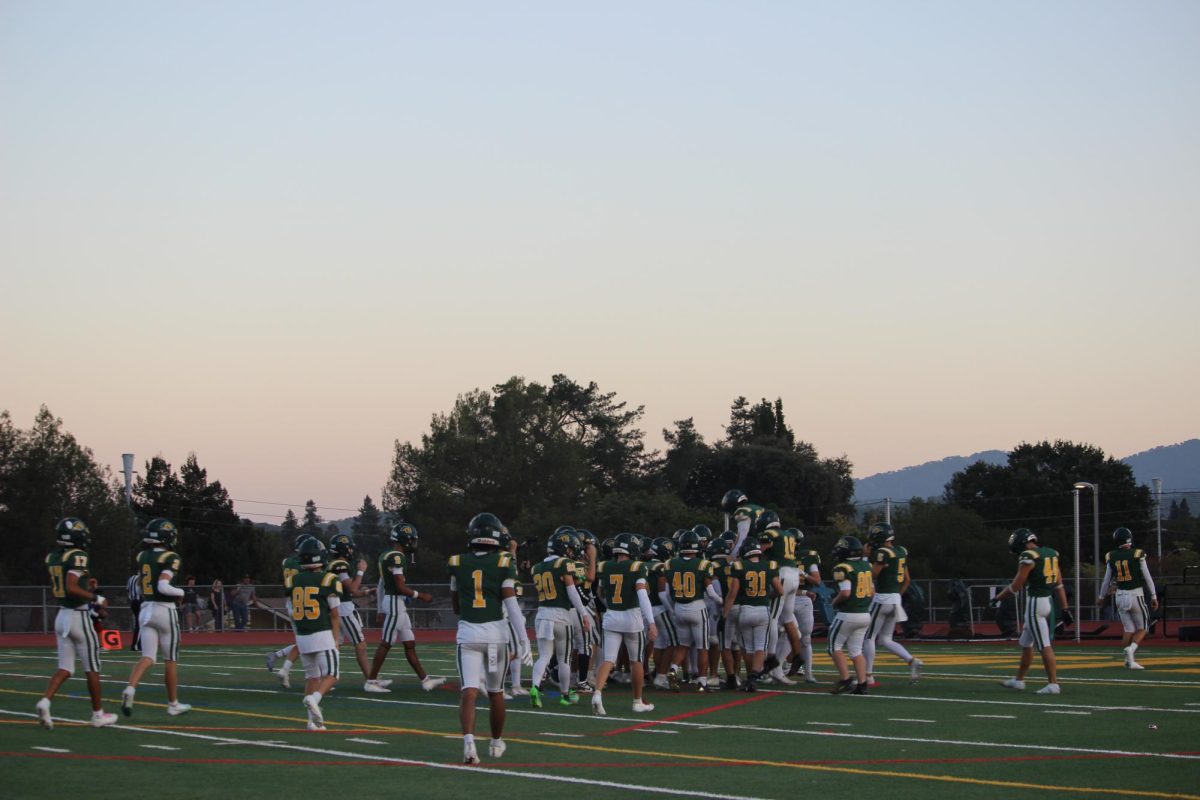
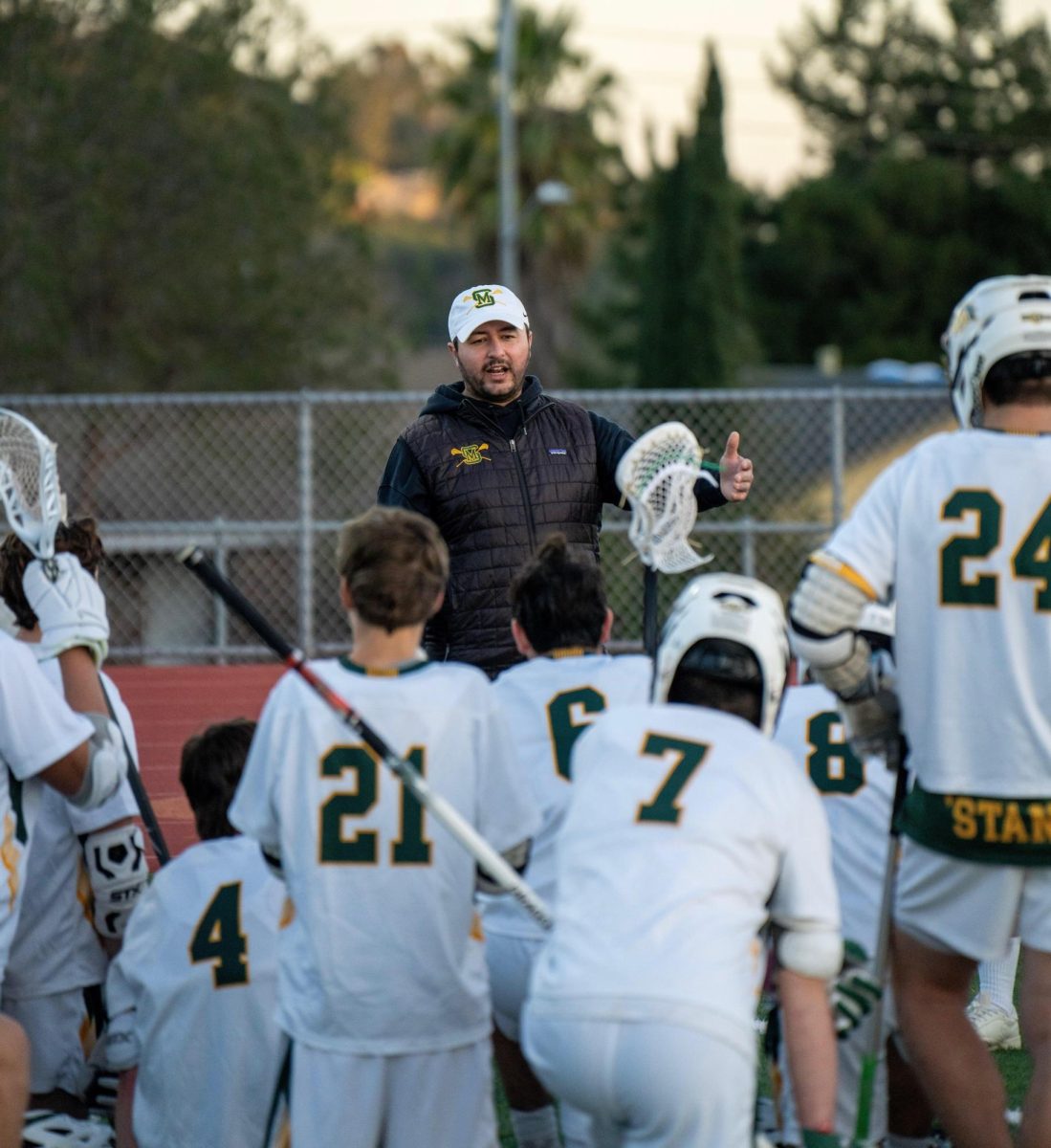
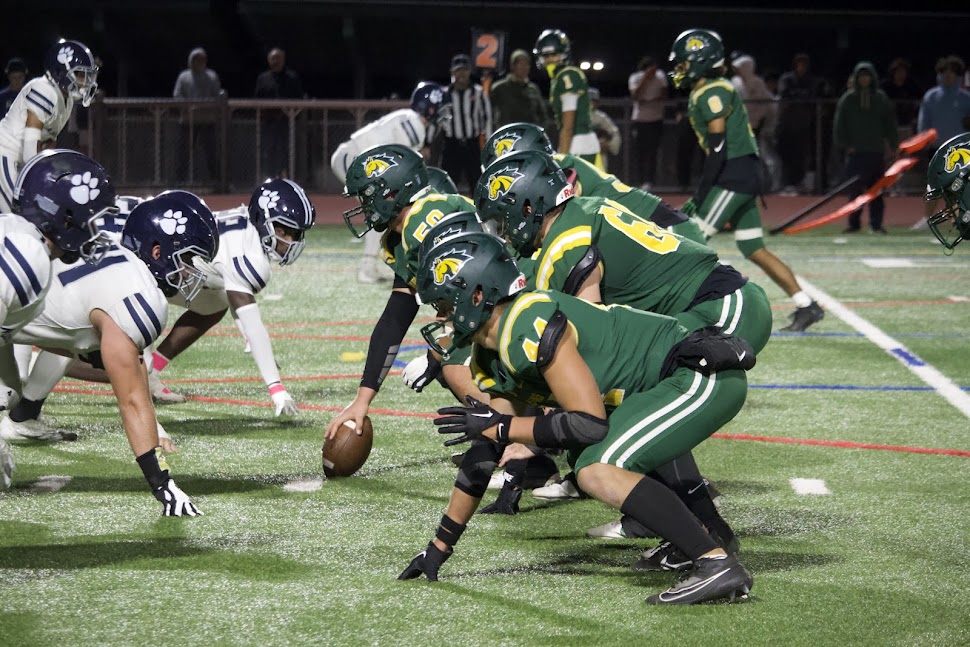

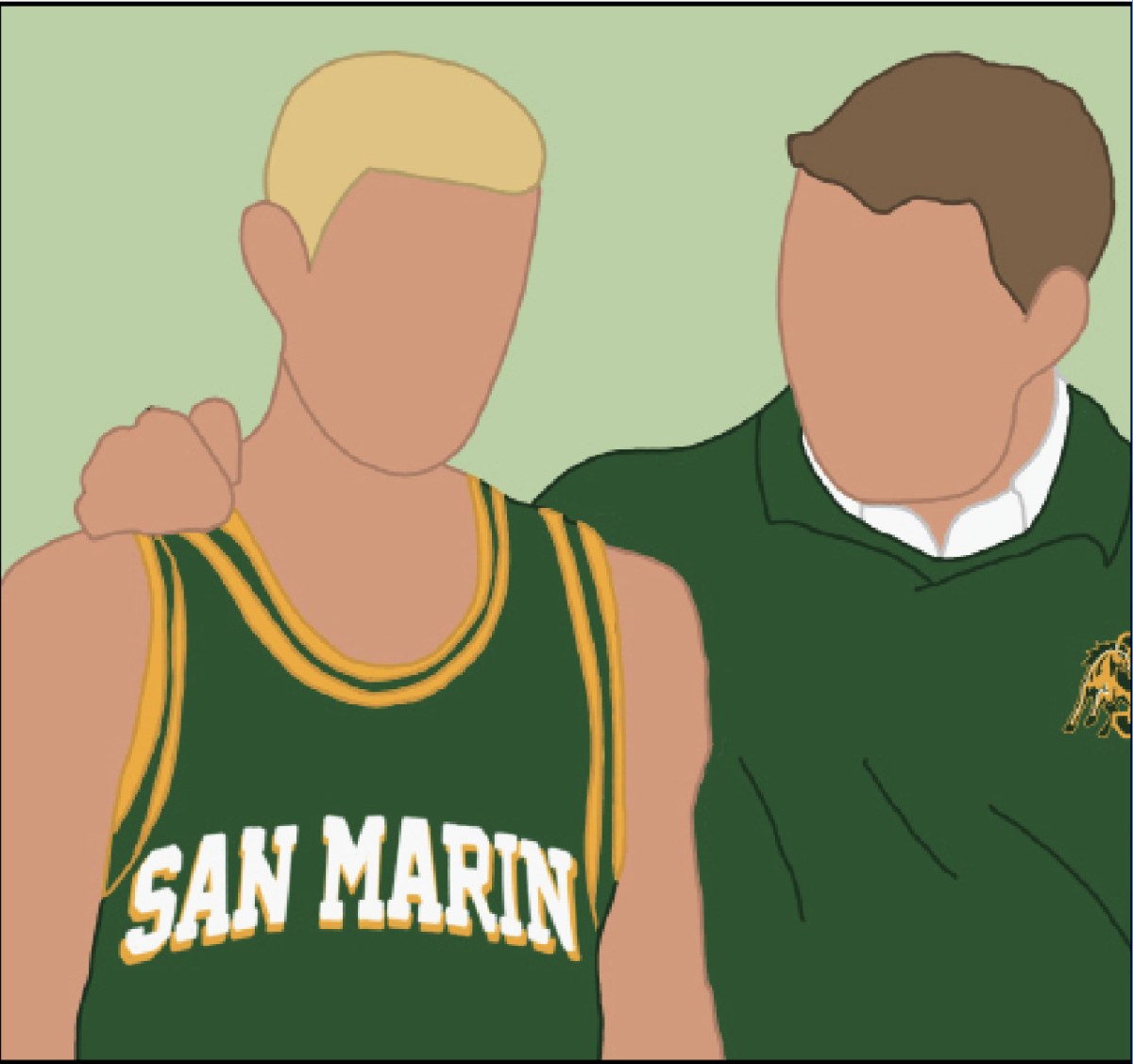

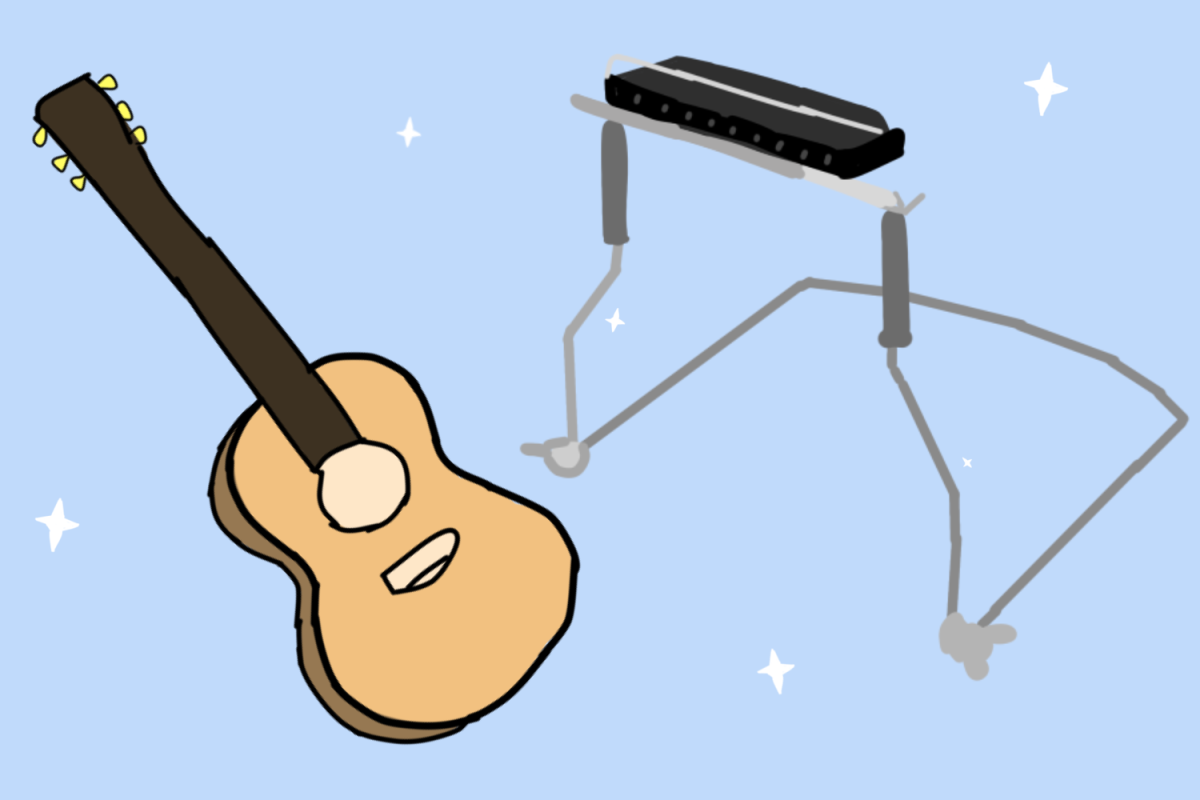



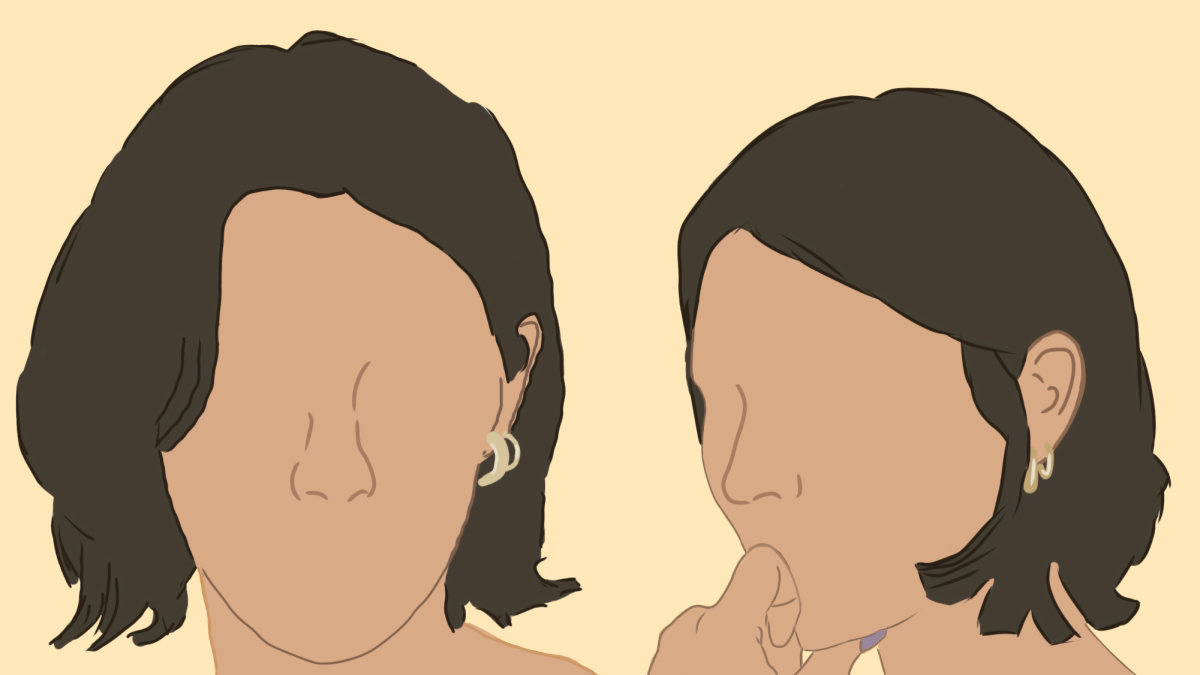

![Sophomore Madi Vallee meets with her counselor to talk about her schedule for the next year. [Emma Williams]](https://smhsponyexpress.org/wp-content/uploads/2017/10/scheduling-issues-color-1200x1171.jpg)
